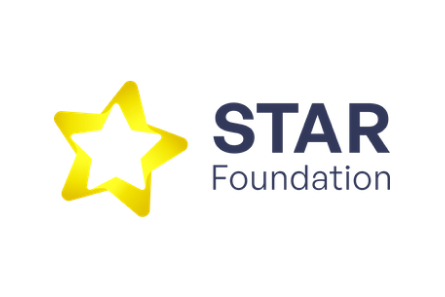A STAR for Ben Foundation
Cycle 3
Salla disease, intermediate severe Salla disease, and infantile free sialic acid storage disease (ISSD) are neurodegenerative disorders resulting from increased lysosomal storage of free sialic acid. The mildest phenotype is Salla disease, which is characterized by normal appearance and neurologic findings at birth followed by slowly progressive neurologic deterioration resulting in mild to moderate psychomotor retardation, spasticity, athetosis, and epileptic seizures.
Last updated 04/30/2025
Clinical
Disease Class
Genetic diseases
Inherited metabolic disorder
Neurological diseases
Body Systems
Cardiovascular / Circulatory
Metabolic
Muscular / Skeletal
Nervous / Sensory
Renal / Urinary / Excretory
Respiratory
Organs
Blood
Bones
Brain
Ears
Eyes
Heart
Kidneys
Lungs
Mouth / teeth
Muscles
Nerves
Skin
Known Genetic Link
Yes, one or more genes directly cause the condition
causative_genes
SLC17A5
contributory_genes
None specified / unknown
Type of Inheritance
Autosomal recessive
Newborn Screening
No, but we are in the process of requesting the addition of our gene(s)
Disease Mechanism(s)
Abnormal channel regulation
Altered channel kinetics
Inherited metabolic disorder
Ion channel dysfunction
Lysosomal defects
Mislocalization of channels
Myelination defect
Pathogenic mutation
Transport defect
mTOR pathways dysregulation
Age of Onset
Early childhood (age 1+-5)
Infancy (age 0-1)
Middle childhood (6-11)
Prebirth
Average Age at Diagnosis
Early childhood (age 1+-5)
Life Expectancy
Adolescence (12-17)
Adulthood (age 18-64)
Early childhood (age 1+-5)
Middle childhood (6-11)
Affected Sex(es)
Female
Intersex
Male
National Prevalence
51-100
Global Prevalence
1001-10000
National Incidence
Less than 10
Global Incidence
51-100
Populations and/or ancestry with higher prevalence
There is a noted higher prevalence in Scandinavian countries, especially Finland (Salla disease is named for an area in Lapland, Finland, where prevalence reaches 20 in a million). However, the diverse families already connected with STAR questions whether inadequate diagnosis or availability of genetic testing has masked prevalence in other communities. STAR families are from Canadian-Inuit and Old Order Mennonite communities, and diverse global regions including eastern Europe, India, Latin America, and the Middle East.
Symptoms / Phenotypes
cognitive impairment / confusion / brain fog
hypotonia
intellectual delay / global developmental delay
nystagmus
poor coordination
spasticity
Biomarkers
Diagnostic
· Free sialic acid in urine; fibroblasts
Other
Existing Therapies
Complementary and Alternative treatments
· Physical Therapy, Occupational Therapy, speech language therapy, aqua therapy and hippotherapy, behavioral therapy
FDA-Approved for Symptom Relief
Organizational & Research
Cell Lines
iPSCs
Cell Lines, Institution
Not specified
Cell Lines, Involvement
Consulted
Cell Lines, share
Unsure
Disease Model
Mouse
Zebrafish
Disease Model, Involvement
Consulted
Funded
Disease Model, share
Unsure
Clinical Trial Role
Not involved
Registry
Yes, we have a registry that we created
Data Collected, Registry
Patient-reported data
Data Entered by, Registry
Other
Platform, Registry
RARE-X
Natural History Study
Yes, we have collaborated on a natural history study
Data Collected, Natural History Study
Electronic health records/electronic medical records
Genetic data
Imaging data
Medication usage
Patient-reported outcomes
Retrospective data
Platform, Natural History Study
Other
FDA Patient Listening Session
No
FDA Patient-Focused Drug Development (PFDD) Program
No
ICD Codes
We use an ICD-10 code capturing the family of diseases to which our disease belongs
Diagnostic Guidelines
No
Science Advisory Board Policies
No policies
Research Network Policies
Has CRN but no policies
Research Roadmap
We don't have a Research Roadmap
International Chapters
None
International Partners
None
